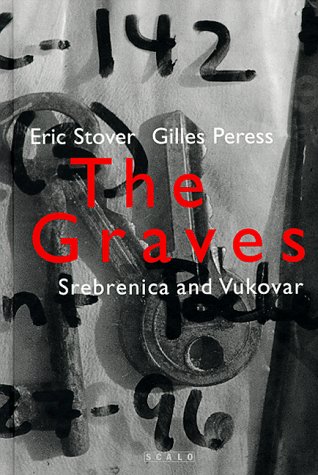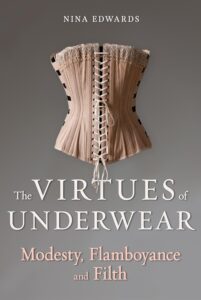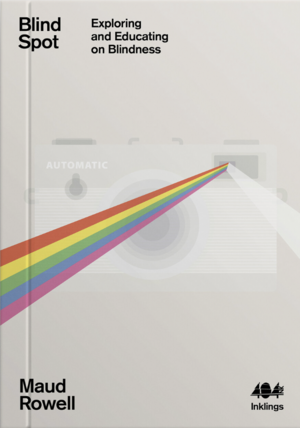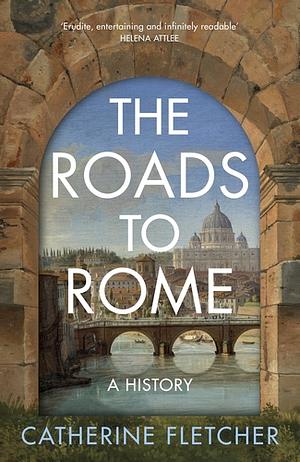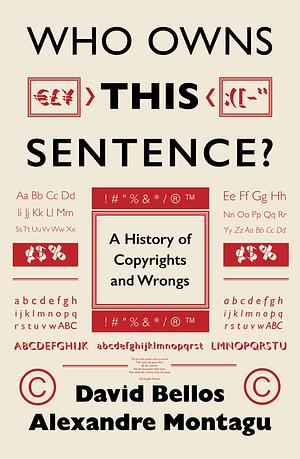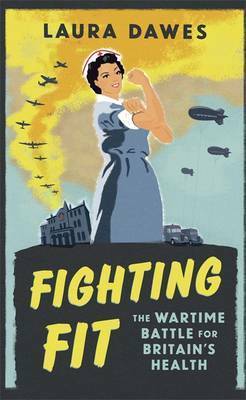
Fighting Fit: The Wartime Battle for Britain's Health
Genres: History,
Non-fiction,
Science Pages: 250
Rating: 
Synopsis: At the beginning of the Second World War, medical experts predicted epidemics of physical and mental illness on the home front. Rationing would decimate the nation's health, they warned; drugs, blood and medical resources would be in short supply; air raid shelters and evacuation would spread diseases; and the psychological effects of bombing raids would leave mental hospitals overflowing. Yet, astonishingly, Britain ended the war in better health than ever before. Based on original archival research and written with wit and verve, FIGHTING FIT reveals an extraordinary, forgotten story of medical triumph against the odds. Through a combination of meticulous planning and last-minute scrambling, Britain succeeded in averting, in Churchill's phrase, the 'dark curse' on the nation's health. It was thanks to the pioneering efforts of countless individuals - doctors, nurses, social workers, boy scouts, tea ladies, Nobel Prize winners, air raid wardens, housewives, nutritionists and psychologists - who battled to keep the nation fit and well in wartime.
As Laura Dawes shows, these men and women not only helped to win the war, they paved the way for the birth of the NHS and the development of the welfare state.
Laura Dawes’ Fighting Fit: The Wartime Battle for Britain’s Health was a fascinating choice for me, with my interest in infectious diseases, and especially given my electives (which included a module about nutrition and infection). It’s basically the perfect case study for many of my interests, though sadly it doesn’t discuss tuberculosis at much length (and WWI and WWII were times when tuberculosis infection numbers increased after having been in decline).
As a note of caution though, I would point out that it really is about Britain, not the British Empire. It gives no picture of how things went outside of the islands that constitute Great Britain. So it is quite narrow in scope, and I suspect it’d be a less triumphant picture if it discussed the wider picture: there’s some reference to the soldiers fighting, but mostly just to the populace at home, and pretty much nothing to the wider world.
But as I’ve implied, it paints a surprisingly rosy picture of health in the UK during the war, with some bumps here and there (haha) as refugee children passed around childhood diseases rife in the cities they came from to host families in the country, or respiratory infections rippled through bomb shelters. It discusses some fascinating experiments and number crunching that led to conclusions about how to provide people with rations, and the results of rationing. It was an endeavour that seems to me very linked to the formation of the NHS, and that makes it extra interesting reading at this time, when the NHS is being eroded.
One thing I will say… if you have phobias about biting insects, there’s a whole chapter you might want to skip which discusses scabies, lice, etc. It really made me feel itchy — I even had a nightmare about it afterwards, because this is one subject that still makes me feel rather anxious. I suspect the descriptions of some of the scabies experiments would make anyone feel itchy! So, reader beware on that front.
Overall, I found it a surprisingly quick read, and definitely fascinating.
Rating: 4/5
